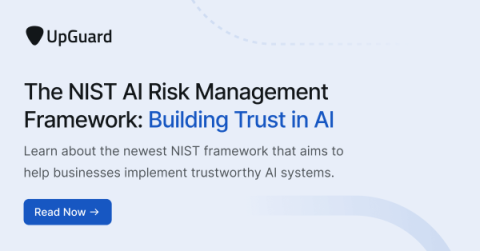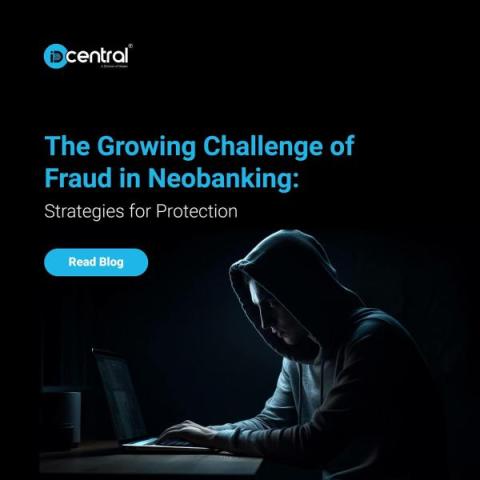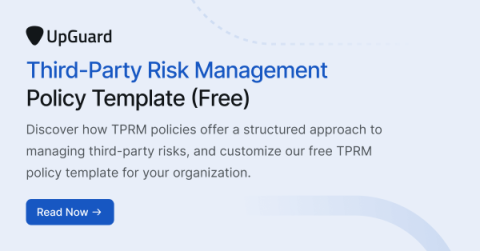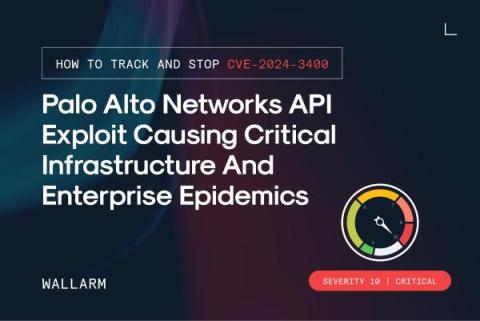Latest malware trends according to our ISR
In today's digital age, cybersecurity has become a constant concern for organizations. A thorough understanding of the cyber threat landscape is needed to address these challenges and protect your company's systems and data, as only then can you implement effective protection measures.











